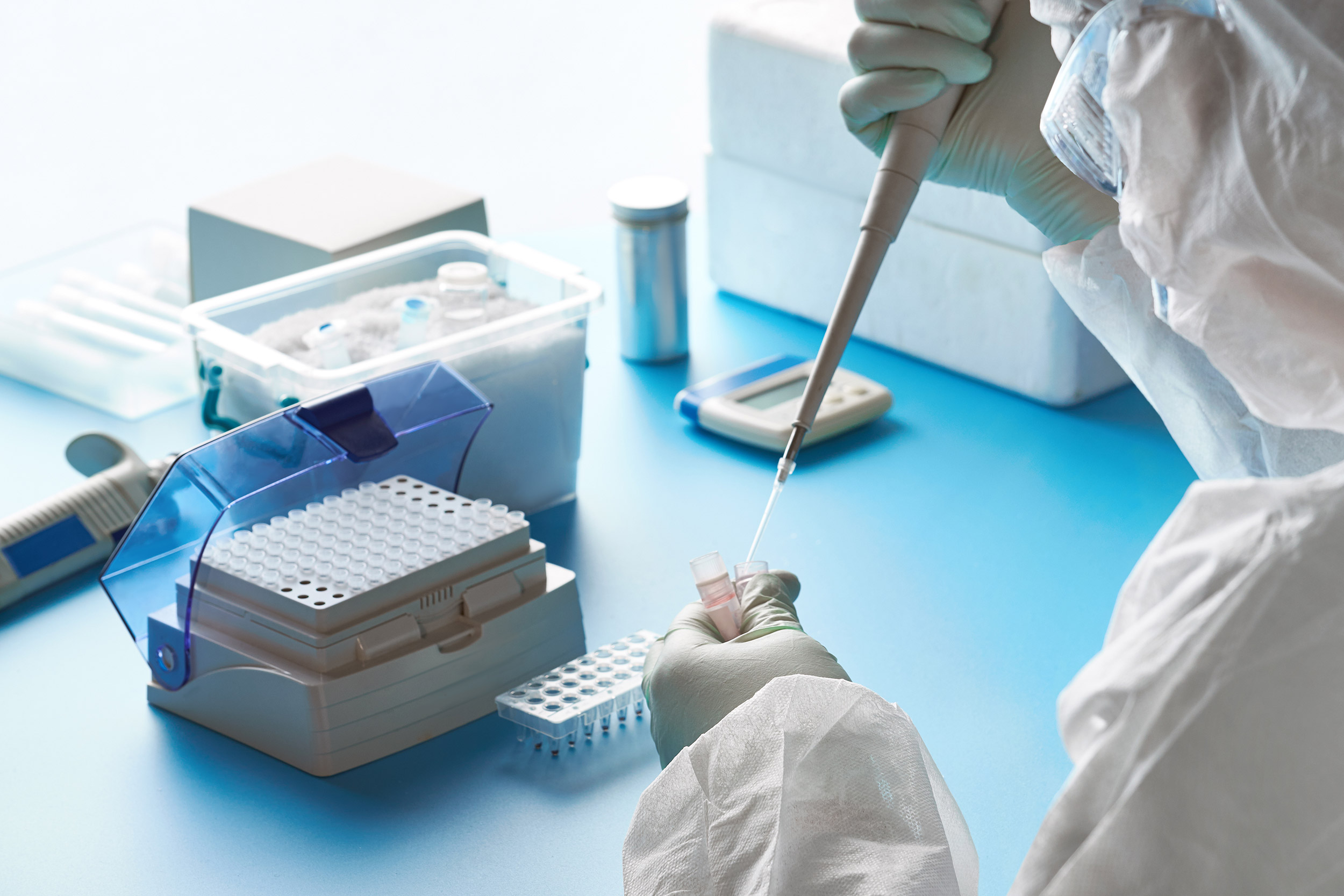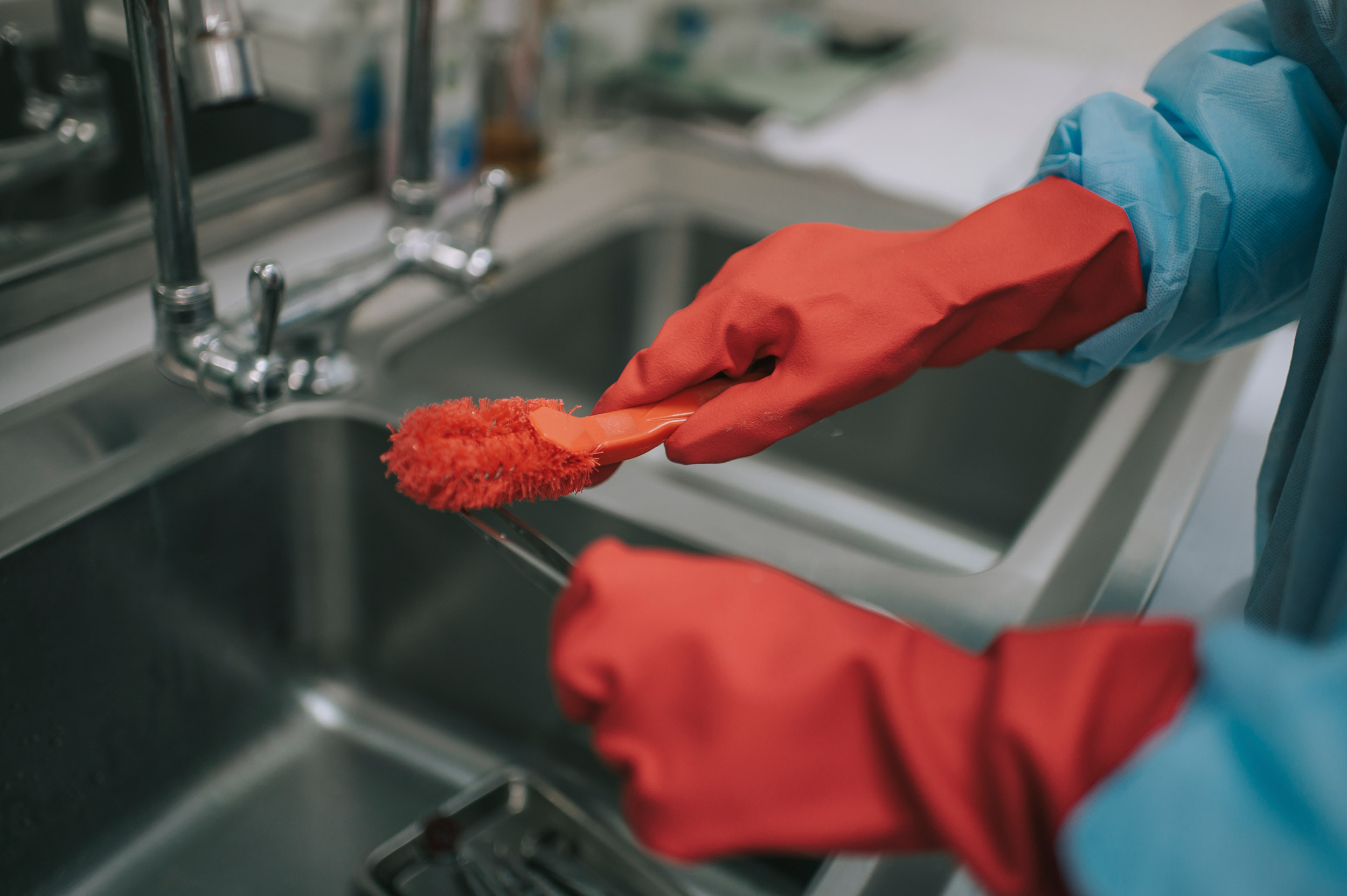
Healthcare workers in gastroenterology are at risk of contracting COVID-19, with the highest risk among endoscopy technicians.
This is according to a new report out of a tertiary care hospital in India recently published in JGH Open, an open access journal of the Journal of Gastroenterology and Hepatology Foundation.
The study found a 32.48 percent COVID-19-postivity rate in 117 doctors, nurses, executives, technicians, housekeeping staff, and dietitians. The highest positive rates were among endoscope technicians, likely due to “their close association with endoscopic procedures, cleaning of endoscopes, and reprocessing of accessories,” according to the study.
The results point to potential flaws in personal protective equipment allocation and social distancing practices, especially for endoscope technicians, the study concluded.
The study was limited by a small sample size. And healthcare workers can contract COVID-19 outside the workplace. After endoscopy technicians, positivity rates ranked highest among executives. Nurses were more likely to test positive for COVID-19 than doctors in this gastroenterology unit, according to the study. No dietitians observed in the study contracted COVID-19.
Reprocessing guidelines from the American Society of Gastrointestinal Endoscopy state standard reprocessing procedures should be enough to eliminate the COVID-19 transmission threat to future patients.
More than 500 workdays were lost cumulatively among the healthcare workers that contracted the disease during the two-month study, the authors write. No COVID-19-related healthcare worker deaths were recorded.
COVID-19 is caused by a novel strain of the coronavirus and it is primarily spread through expelled respiratory droplets in the air. Limited research has pointed to the potential for fecal-oral transmission if a patient is exhibiting GI symptoms such as diarrhea and vomiting.
GI endoscopic procedures like gastroscopy, endoscopic retrograde cholangiopancreatography (ERCP), and endoscopic ultrasound (EUS) generate aerosols and pose a threat for COVID-19 transmission to healthcare workers. This is especially true if patients dry retch, sneeze, cough, or require endotracheal intubation during the procedure.
Most elective endoscopic procedures were postponed in the early months of the pandemic. Treatment for GI bleeding, cholangitis, foreign body removal and acute luminal obstruction, and cancer screening largely continued, as these are considered emergency and urgent procedures.
Aerosols are only one mode of transmission for the novel coronavirus. An article from the spring of 2020 published by lead author Cori L. Ofstead, an epidemiologist with more than 25 years of experience, warns that the SARS-CoV-2 virus, which causes COVID-19, could spread between devices if not handled properly during cleaning.
“The presence of gastrointestinal pathogens found in bronchoscopes and [bronchoalveolar lavage] samples suggests the possibility of cross-contamination caused by intermingling bronchoscopes and gastrointestinal endoscopes during reprocessing,” the authors wrote. “Thus, extreme care must be taken to minimize cross-contamination during all endoscope reprocessing.”
Previous studies have reported COVID-19 prevalence rates up to 17.4 percent for healthcare workers, but few studies have attempted to determine positivity rates in specific hospital departments.


